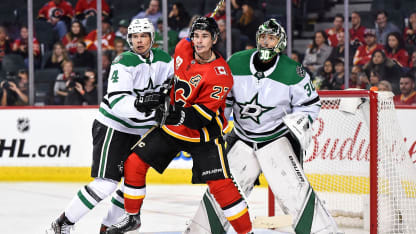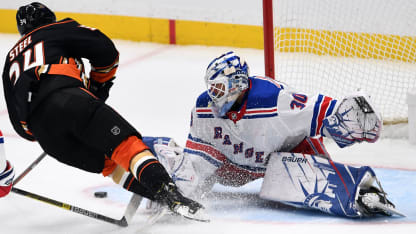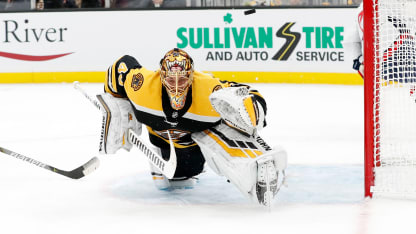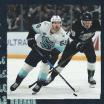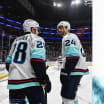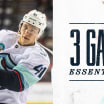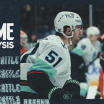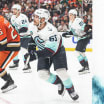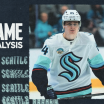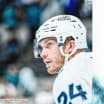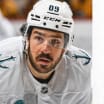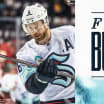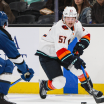Schwab knows. After playing in goal with the Seattle Thunderbirds for three years in the late 1980s, he logged more than 10 seasons of pro hockey including 147 NHL games with New Jersey, Tampa Bay, Vancouver and Toronto.
How goalies stop a puck, making the "save," has transformed over the years.
For decades, a "stand-up" style was the standard among hockey goaltenders: Rarely drop to the knees. Kick out low shots (sometimes leveraging the paddle-like goalie stick blade). Protect the top portion of the net with a catch glove on your free hand and your blocker on the stick side, a glove that allows stick control along with an oversized rectangular shield for stopping an airborne puck.
In the 1950s, Hall of Famer Glenn Hall, playing with the Detroit Red Wings and Chicago Blackhawks, was the first goalie to use a "butterfly style" in which Hall would routinely drop to his knees to take away the low shot with his big goalie leg pads. He handled high shots with the blocker or catch glove. Strange as it might sound, low-to-the-ice shots can be the most difficult to see and therefore stop; positioning more leg pads on the ice blocks you might not fully see.
Today's goalies mostly use a hybrid version of the butterfly and stand-up styles to stop pucks. Patrick Roy, who won Stanley Cups with the Montreal Canadiens and Colorado Avalanche, is most often associated with perfecting a combination of the two goaltending styles.
